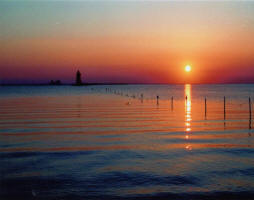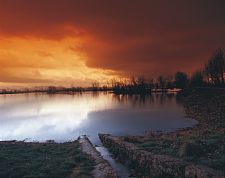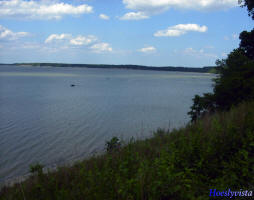 Floating Sensorised Networked Robots for Water Monitoring
Floating Sensorised Networked Robots for Water Monitoring
| Project number | FP7 - 212790 |
| Project Acronym | HydroNet |
| Project Title | Floating Sensorised Networked Robots for Water Monitoring |
| Project Duration | 36 months |
| Activities codes | FP7-ENV-2007-1 |
| Start date of contract | 01/12/2008 |
| Project Cost | 3.373.406 € |
| EC contribution | 2.591.475 € |
| Coordinator Organization | Scuola Superiore Sant'Anna |
| Project number | FP7 HydroNet (212790) | ||
|---|---|---|---|
| Subject(s) | ANALYSIS AND TESTS , HYDRAULICS - HYDROLOGY , WATER DEMAND , WATER QUALITY | ||
| Acronym | HydroNet | ||
| Geographical coverage | Italy, Switzerland, Slovenia, Russian Federation, Norway, Israel | ||
| Budget (in €) | 3373406 | ||
| Programme | EU-FP7 | ||
| Web site | http://www.hydronet-project.eu/ | ||
| Objectives | A network of sensors will be able to sample and analyse several chemical and physical parameters in water to check in real time and continuously monitoring the well-being status of water bodies. Chemo- optical- and bio-sensors will be developed and used for the monitoring of physical parameters and pollutants in water such as chromate, cadmium, mercury, oil, and chlorophyll. Enhanced mathematical models will be also developed for simulating the pollutants transport and processes in rivers, lakes and in coastal waters. The sensors will be embedded into fixed stations (like buoys) and mobile robots able to navigate in a network configuration in diverse water scenarios, from coastal sea waters, to creeks and rivers (both at the head and mouth of the rivers), to natural and artificial lakes and lagoons. The robots will be able to navigate rivers, downstream and upstream, and in case of dryness, to overcome banks in shallow waters of dry rivers. The fixed buoys will cooperate with the mobile robots, running as a node of the network to facilitate the communication and localization among the robots, to supply energy to the robots when required, and to monitor a wide range of parameters by means of the micro-fabricated sensors developed in HydroNet. The robots and sensors will be part of an Ambient Intelligence (AmI) platform, which will integrate not only sensors and tools for monitoring the environment and robot tasks execution, but also communications backhaul systems, databases technologies, knowledge discovery in databases (KDD) processes for extracting and increasing knowledge on water bodies management. Following the computation on stored data, feedback will be sent back to human actors (supervisors, decision makers, industrial people, etc.) and/or artificial actuators, in order to perform actions. |
||
| Period | [01/12/2008 - 30/11/2011] | ||
 you are not logged in
you are not logged in





